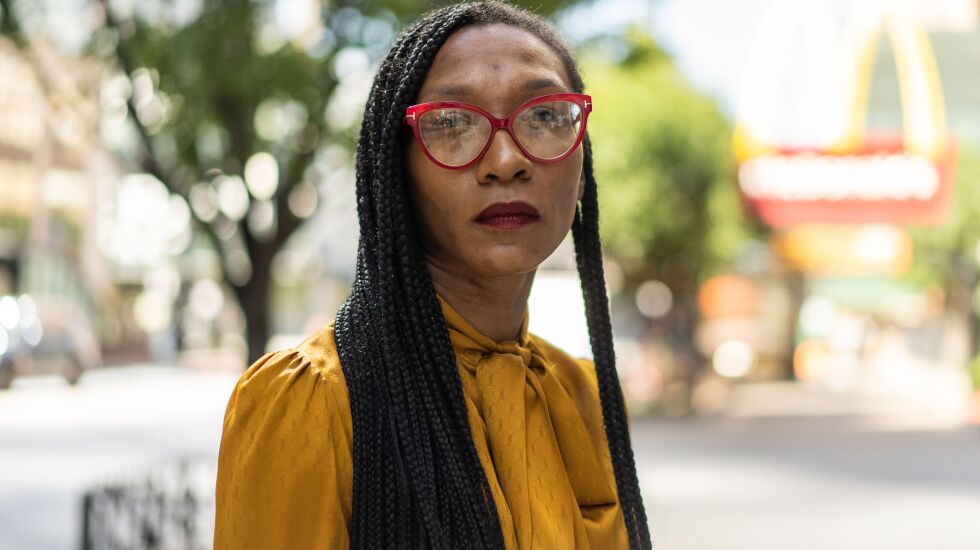
My son got married this year.
He and his bride invited friends and relatives from across the country and abroad. Most stayed downtown at the Drake Hotel.
On May 19, two days before the wedding, there was a mass shooting a few blocks from the hotel.
A man with a handgun fired into a crowd outside the McDonald’s at State Street and Chicago Avenue, killing two people and wounding seven.
It was an ominous start to the weekend for the wedding guests, who’d traveled from as far as Australia, where such shootings are almost nonexistent.
The more I learned about what happened on that sidewalk outside McDonald’s, the more questions I had.
I was curious about the shooter’s weapon, a handgun converted into a machine gun, which I later learned was capable of firing 20 bullets a second.
I also wondered about the city’s decision to shut down the McDonald’s the next day. I learned about it on the TV news and thought, “What’s that all about?”
Sometimes, big investigative stories start with small questions.
Over the next six months, I collaborated with other reporters to produce two separate projects that touched on my curiosity about the May 19 mass shooting.
In one story, my Sun-Times colleagues Tim Novak and Sophie Sherry and I examined the power of the Chicago Police Department to shut down businesses associated with violence, like that McDonald’s.
I cover crime, so I handled the police angles. I analyzed hundreds of police reports, studied whether violence went up or down on the blocks where police closed bars, gas stations and liquor stores and spoke with police insiders about shutting down businesses.
Tim, an expert on how City Hall works, examined the political connections of downtown club owners who’ve managed to avoid getting shut down by the police — even when their patrons were involved in shootings.
Sophie interviewed a bar owner whose business was closed by police after a shooting and spoke with Near North Side residents about another bar that wasn’t shut down by police despite a patron getting fatally shot outside.

When businesses are linked with shootings or other violence, police officials can close them for up to six months while the owners come up with a “nuisance-abatement plan.”
We found that most of those police shutdowns are on the South Side and West Side — but not downtown. The police, for instance, didn’t use their “summary closure” power to close the McDonald’s at Chicago and State. Instead, city inspectors temporarily closed the restaurant after finding building code violations.
We published a story that highlighted what some people believe is selective enforcement of the police shutdown ordinance, which one Chicago City Council member called the “nuclear option.”
Another story involving the McDonald’s shooting came out of a new partnership between the Sun-Times and WBEZ.
Early this year, Chicago Public Media, which owns WBEZ, acquired the Sun-Times. WBEZ editors and reporters approached the Sun-Times about working on a project focusing on what seemed to be a connection between rising mass shootings and the growing use of high-capacity ammunition magazines.
One of those shootings was the one at the McDonald’s at Chicago Avenue and State Street.

Our most poignant interview was with Kimberly Saunders, whose 17-year-old son was shot May 19 outside the McDonald’s. She was having dinner at another restaurant when she heard the shots and walked over and was shocked to find her son on the sidewalk with bullet wounds. He survived.
The shooter’s handgun was modified to fire as a machine gun, prosecutors said. They also said it was equipped with a magazine that held 34 rounds.
Our investigation, which included Sun-Times reporters Tom Schuba and Stephanie Zimmermann, found that police seizures of extended magazines and “switch” devices that turn handguns into machine guns have soared in recent years. But there aren’t many good public strategies to keep them out of criminals’ hands.

As reporters, when something sparks our curiosity, like the McDonald’s shooting, we follow our instincts and start asking questions.
We never know what we’ll find.
One of the best examples of that is a series of stories the Sun-Times published in 2004 about City Hall’s now-disbanded Hired Truck Program.
Tim Novak noticed a red dump truck parked in his neighborhood, there day in, day out, with the driver doing nothing. The privately owned truck had a sign on it saying it was leased to the city program.
Tim decided to look into it. He and then-Sun-Times reporter Steve Warmbir found the program was rife with corruption.
Their series, “Clout on Wheels,” led to an FBI investigation.
Dozens of people were convicted of federal charges and sent to prison.
And it all began with a Sun-Times reporter wondering, “What’s that all about?”







